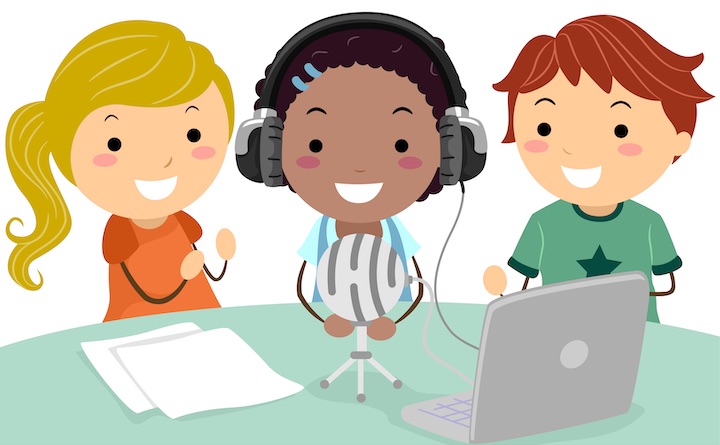Podcast in education

Research on the use of video podcasts in education began to surface in 2002 with references to audiographs (Loomes et al., 2002), video streaming (Foertsch, Moses, Strikwerda, & Litzkow, 2002; Green et al., 2003; Shephard, 2003) and webcasting (Reynolds & Mason, 2002).
Three previous literature reviews have been conducted on the use of podcasts in education (Heilesen, 2010; Hew, 2009; McGarr, 2009). Hew's (2009) review, while focusing exclusively on audio podcasts, offers several insights that might extend to the use of video podcasts. Hew (2009) noted that the most common use of podcasts was for either lectures or supplementary course materials, that students tended to listen to podcasts at home rather than on mobile devices, and that the main benefit of podcasting was to review materials missed or not understand during class. However, Hew's (2009) review is somewhat limited because only 11 peer-reviewed articles were examined and a majority of the studies were descriptive.
Two clear foci emerged from literature: practical and conceptual. Approximately half the video podcasts researched targeted practical skills or specific problems. These podcasts are typically short in length or segmented. The other half of video podcasts target higher level concepts, are relatively long, and may be segmented. In summary, while the digital format and dispensing of video podcasts has stabilized over the past five years, the type of podcasts vary considerably according to their purpose, degree of segmentation, pedagogical strategy, and academic focus.
Reference:
